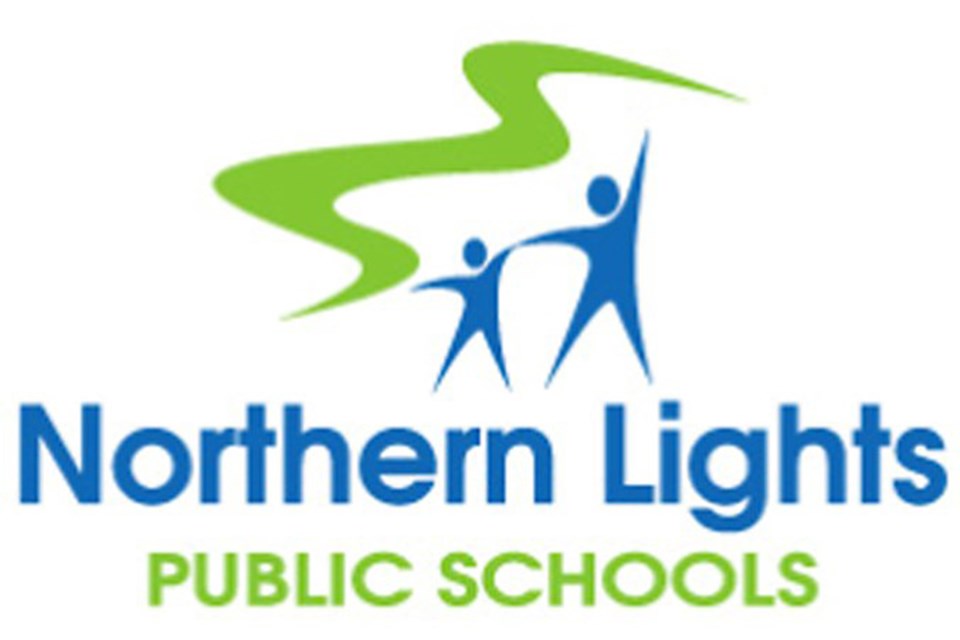LAKELAND - While the number of students who will be attending schools in the Northern Lights Public School Division (NLPS) for the 2024-2025 school year has yet to be determined, officials are anticipating a slight increase in enrolment.
“Our overall enrolment returned to pre-pandemic levels last year and we have projected a slight increase for this year,” said Nicole Garner, a spokesperson with the school division. “We won't know until our staff are back in school and start processing new registrations that came in over the summer if we are over or under the projections we made for the upcoming school year.”
According to Garner, it will be October before NLPS officials have actual enrolment numbers for the 2024-2025 school year and know what the impact of that will be on staffing and the school division’s budget.
If NLPS does experience an increase in enrolment over what officials have projected, Garner continued, more staff may be added. However, that is not always necessary depending on where the enrolment increase is occurring within the division.
Furthermore, she said, it also may not be possible due to funding challenges.
Garner explained that NLPS is funded on the weighted moving average (20 per cent based on enrolments two years ago, 30 per cent on last year’s enrolments and 50 per cent on the school division’s projections for this school year.
“So, if there is a large increase in enrolment, we won't receive an increase in funding this year to help us with hiring more staff, unless the government announces additional funding to address enrolment increases,” she said.
Regarding staffing and class sizes, she stated that staffing is based on projected enrolments. According to Garner, in 2003, Alberta’s Commission on Learning (ACOL) made recommendations for class sizes. These are 17 students for K-3, 23 students for Grades 4-6, 25 students for grades 7-9, and 27 students for grades 10-12. Northern Lights Public Schools division, she said, uses this guideline when determining staffing and class sizes.
“Sometimes, for a variety of reasons, it is not possible to meet these numbers for every class at every location, but we try to get as close as we can and generally our class sizes remain smaller than other school jurisdictions in the province.”



